This is my first foray into Swagger so please be gentle.
I have the following definitions:
definitions:
Payload:
type: object
properties:
indicators:
type: array
items:
$ref: '#/definitions/Indicator'
Indicator:
type: object
properties:
type:
type: string
computeOn:
type: array
items:
type: string
default:
- close
parameters:
type: object
BBANDS:
properties:
type:
type: string
default: BBANDS
computeOn:
type: array
items:
type: string
default:
- close
parameters:
type: object
properties:
timeperiod:
type: integer
format: int32
default: 5
nbdevup:
type: integer
format: int32
default: 2
nbdevdn:
type: integer
format: int32
default: 2
matype:
type: integer
format: int32
default: 0
DEMA:
properties:
type:
type: string
default: DEMA
computeOn:
type: array
items:
type: string
default:
- close
parameters:
type: object
properties:
timeperiod:
type: integer
format: int32
default: 5
So Payload has a property called indicator which is an array of Indicators. The BBANDS and DEMA are models which are of type Indicator (which I know doesn't translate to Swagger). What I'd like to do is define an array of the actual models with their defaults, in this case BBANDS and DEMA. Something like this:
definitions:
Payload:
type: object
properties:
indicators:
type: array
items:
- '#/definitions/BBANDS'
- '#/definitions/DEMA'
or
definitions:
Payload:
type: object
properties:
indicators:
type: array
items:
- $ref '#/definitions/BBANDS'
- $ref '#/definitions/DEMA'
Neither of which work of course. The reason is while the Indicator model describes an indicator correctly, different indicators can have a different parameter set.
Is there a way to essentially define a list of several models or perhaps map the BBANDS and DEMA models into Indicator?
